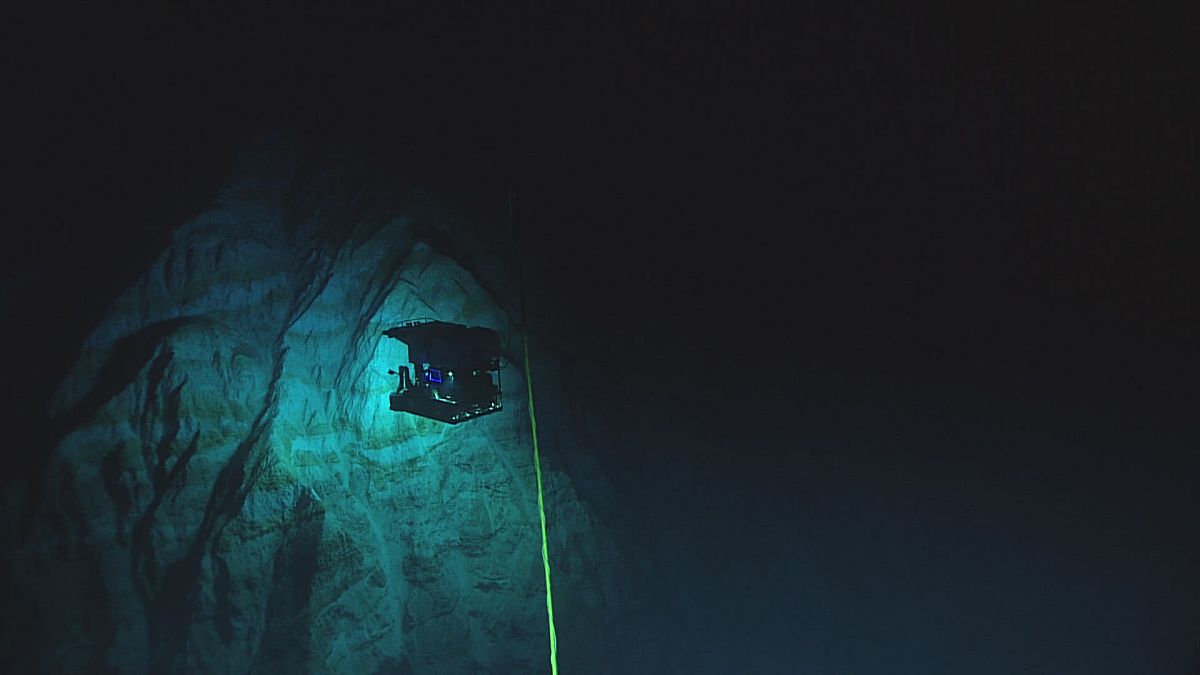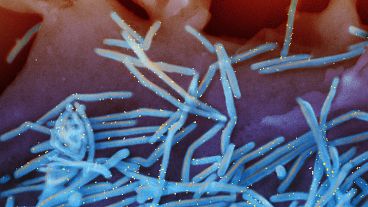Researchers said that the new virus found in the Mariana Trench could be the deepest-known bacteriophage discovered in the ocean.
A team of scientists has found what could be the deepest-located virus identified in the Earth’s oceans.
They discovered a new virus located in sediment taken from 8,900 metres deep in the Pacific Ocean’s Mariana Trench.
The trench is the deepest location on Earth, reaching a low point of 11,000 metres near the Mariana Islands.
“To our best knowledge, this is the deepest known isolated phage in the global ocean,” said marine virologist Min Wang in a statement.
The team from Ocean University of China published the findings last week in the journal Microbiology Spectrum.
The newly-found deep-sea virus, named vB_HmeY_H4907, is a bacteriophage, meaning that it infects and replicates inside bacteria.
This bacteriophage infects bacteria called Halomonas which are abundant in the Mariana Trench, Antarctica, and in hydrothermal vents - fissures on the sea floor through which heated water is released.
The genomic analysis of the virus suggests it is similar to its bacterial host and is prevalent in the ocean.
The researchers say that the new bacteriophage is from a new viral family called Surviridae.
The virus was found in the ocean’s hadal zone, which is at a depth of between 6,000 to 11,000 metres and named for the Greek god of the underworld, Hades.
“Recent research has revealed the enormous diversity, novelty, and ecological significance of hadal viruses. However, only two strains of hadal viruses have been isolated,” the researchers said in the study.
They said the identification of this new bacteriophage deepens the understanding of how viruses in this part of the ocean behave in harsh environments including through co-evolution with bacterial hosts.
The hadal zone is home to several unique organisms that can adapt to the extreme conditions of low temperatures, high pressure and lack of light in the deep sea.
The marine virologists are now looking for other new viruses in extreme locations, they said.
“Extreme environments offer optimal prospects for unearthing novel viruses,” said Wang.



